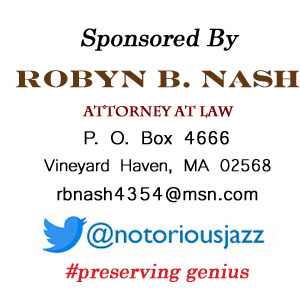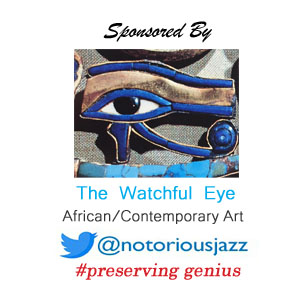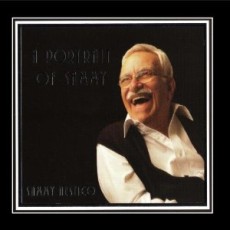
Daily Dose Of Jazz…
Sammy Nestico was born Samuel Lewis Nestico on February 6, 1924 in Pittsburgh, Pennsylvania. Studying and learning to play the trombone, he started his professional career in 1941 at age 17 as a staff arranger for ABC radio affiliate WCAE.
Over the course of his career he arranged for Count Basie from 1967-1984, for the US Air Force and Marine Bands for twenty years while in Washington, DC, and played trombone in Tommy Dorsey, Woody Herman, Gene Krupa and Charlie Barnet big bands.
A professor at the University of Georgia from 1998-99 Nestico taught commercial orchestration and conducting the Studio Orchestra, but was unable to find the necessary administrative support to remain there. He has also directed music programs at Los Angeles Pierce College, and the Westinghouse Memorial High School in Wilmerding, PA.
During his life in the television and film industry, Sammy has arranged and conducted projects for artists such as Bing Crosby, Sarah Vaughan, Frank Sinatra, Toni Tennille, Phil Collins, Barbra Streisand among others and orchestrated nearly seventy television programs such as Mission Impossible, Mannix, Charlie’s Angels and The Mod Squad.
He has written commercial jingles for numerous companies including Ford, Dodge, Anheuser-Busch and Mattel and has published nearly 600 numbers for school groups and professional big bands. A trombone player and a prolific, well-known composer and arranger of big band music, he is best known for his arrangements for the Count Basie orchestra. Sammy Nestico continues to compose, arrange, conduct and perform.
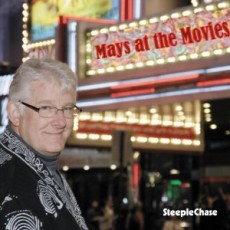
Daily Dose Of Jazz…
Bill Mays was born William Allen Mays on February 5, 1944 in Sacramento, California. Coming from a musical family he learned to play piano and at sixteen he became interested in jazz after attending an Earl Hines concert.
From 1969 to the early 1980s Bill worked Frank Sinatra, Al Jarreau, Dionne Warwick, Anita O’Day, Mark Murphy and accompanied other vocalists in Los Angeles with Sarah Vaughan, while also working sessions with such luminary musicians as Art Pepper, Shelly Manne, Bud Shank, Red Mitchell, and Bobby Shew to name a few from an esteemed list of luminaries.
In 1984, Mays moved to New York and became best known as a sideman or accompanist, but starting in the 1990s he began to do more work as a bandleader, composer, and arranger. As far back as the 70’s on, he recorded over two-dozen albums under his own name, in different configurations, and has been heard as a sideman on many more. He continues to perform, record and tour.
More Posts: piano
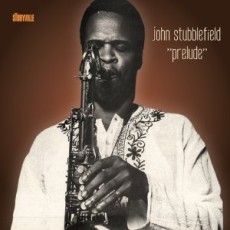
Daily Dose Of Jazz…
John Stubblefield was born on February 4, 1945 in Little Rock, Arkansas. He first studied the piano and then moved to saxophone as a teen absorbing the music of the itinerant blues and gospel performers moving in and out of his strictly segregated Black neighborhood.
At 17 Stubblefield made his recording debut with local R&B combo York Wilburn & the Thrillers, spent a year on the road with soul legend Solomon Burke, then studied music at A&M College in Pine Bluff while concurrently leading his own modern jazz quintet. In 1967 after graduation he settled in Chicago and signed on with the pioneering avant-garde jazz collective the Association for the Advancement of Creative Musicians. During this period he studied under Muhal Richard Abrams and appeared on Joseph Jarman’s landmark 1968 set As If It Were The Seasons.
Relocating to New York, John joined the Collective Black Artists playing with Mary Lou Williams, Tito Puente, and the Thad Jones/Mel Lewis Orchestra. By 1972 he joined Charles Mingus adding alto saxophone, oboe, flute, and bass clarinet to his arsenal. Suffering a falling-out with Mingus that effectively left Stubblefield blacklisted throughout much of the New York jazz community, he finally landed with Nat Adderley’s quintet. He briefly played behind Miles Davis in 1973 and during the mid-’70s served as an instructor with the famed Jazzmobile program.
He cut his first album Midnight Sun in 1976 followed by a few more projects in the eighties for the Enja and Soulmate labels. After the death Of Charles Mingus, his widow Sue formed the Mingus Big Band in 1992 and Stubblefield held the lead tenor chair and was an occasional director. Diagnosed with cancer in 2004 he remained a guiding force conducting much of the I Am Three album from his wheelchair.
Tenor saxophonist John Stubblefield collaborated with a who’s who list of modern jazz and avant-garde giants includes Charles Mingus, passed away on July 4, 2005. His contribution ranks him among the most powerful and innovative soloists of the post-Coltrane generation.
More Posts: saxophone
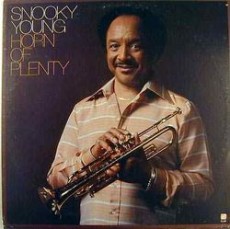
Daily Dose Of Jazz…
Snooky Young was born Eugene Young in Dayton, Ohio on February 3, 1919. Taking up the trumpet at the age of five, he didn’t begin making a name for himself until he joined the Jimmie Lunceford band as lead trumpeter in 1939, a relationship that lasted for three years.
He played a total of eight years over three stints with Count Basie, Lionel Hampton and was an original member of the Thad Jones/Mel Lewis Big Band. However, his longest engagement was as a studio trumpeter with NBC’s Tonight Show Band from 1967 to 1992 when Johnny Carson’s departure broke up the band and the network replaced it with a new, smaller group.
Young only recorded three albums as a leader but was a sideman on nearly three-dozen albums and he continued to perform in L.A. with several big bands and holds membership in the Clayton-Hamilton Jazz Orchestra. Known for his mastery of the plunger mute, he is able to create a wide range of sounds. He can make his horn speak, shout, growl, and sigh with his mutes while always swinging irresistibly.
On October 17, 2008 he received the NEA Jazz Masters Award. Trumpeter and flugelhornist Snooky Young passed away on May 11, 2011 in Newport Beach, California at the age of 92.
More Posts: flugelhorn,trumpet
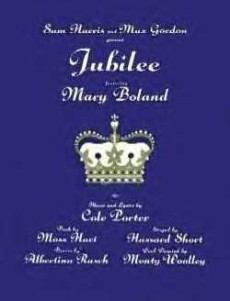
From Broadway To 52nd Street
The Imperial Theatre aptly opened Jubilee on October 25, 1935 with music composed by Cole Porter and starring Melville Cooper, Mary Boland, Charles Walter and Margaret Adams. Running for 169 performances, entering into the jazz lexicon are two songs from the musical, Begin The Beguine and Just One Of Those Things.
The Story: Set approaching the anniversary of the coronation and the King and Queen admit they have become jaded with their luxurious but constrained life and Prince James & Princess Diana agree. When a royal nephew leads an insurrection, the royal family rushes into seclusion and emerges incognito. The queen flirts with a movie star, the princess has an affair with a writer and the prince takes a celebrated dancer out on the town. The king is happy to remain at home playing his beloved parlor games. Inevitably they are recognized, so when the insurrection dies, the royal family returns to its comfortable restricted world.
Broadway History: The first decade of the century witnessed the creation of numerous theatres in the new Longacre Square area, and, in 1902 when the Hotel Pabst was razed to allow the Times Building to be built on that spot, Longacre Square became Times Square. New theatres in the area included the Victoria at 42nd & 7th built in 1899; the Republic on 42nd built in 1900;; The Lyric and The New Amsterdam both a few doors down built in 1903. The following year the Lew Fields Theatre was built on the same block. There were several others built in the area from 39th to 45th streets, and some enterprising individuals were progressing even further uptown to Columbus Circle and Central Park West.
In 1900, Broadway (the Broadway we’re interested in) extended from The Star Theatre on 13th Street to the New York Theatre on 45th Street and patrons were paying $1.50 to $2.00 each for the best seats to see their favorite stars.
Sponsored By
www.whatissuitetabu.com
More Posts: broadway


